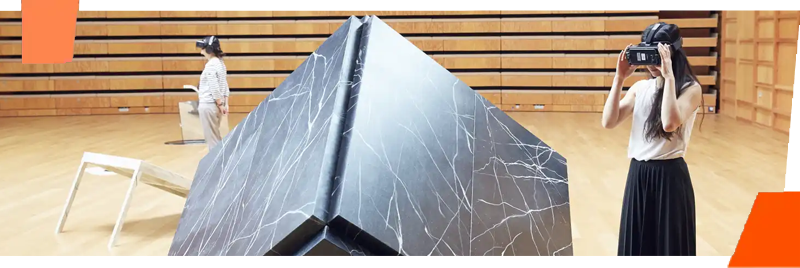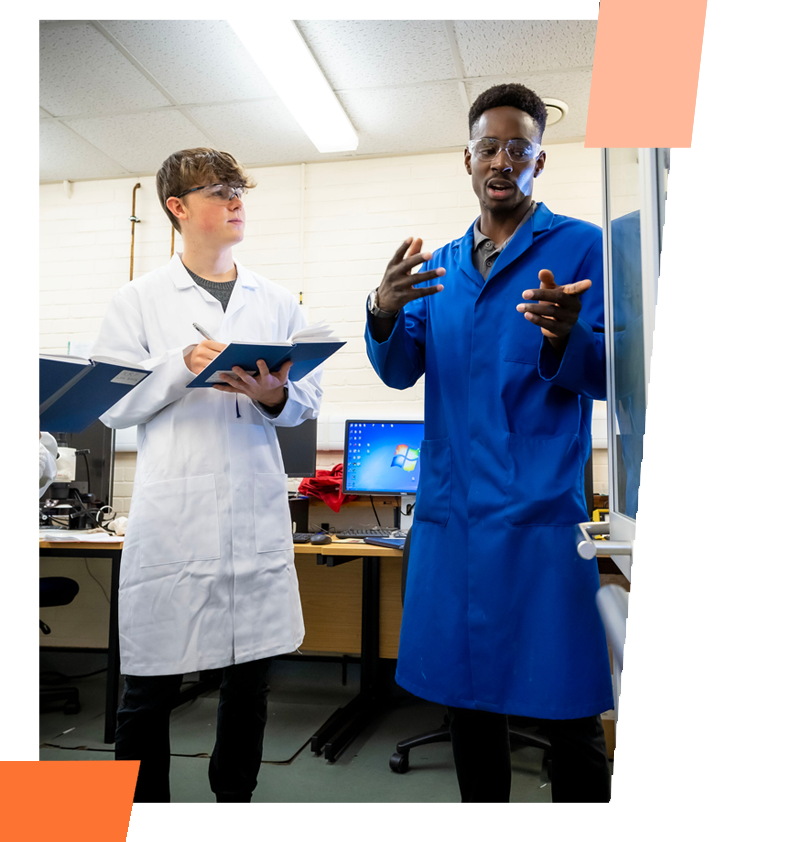
Researchers at the University have contributed to research into the development of a new generation of superconductors, the materials that conduct electric current with zero resistance.
Researchers at the University have contributed to research into the development of a new generation of superconductors, the materials that conduct electric current with zero resistance.
Dr Jorge Quintanilla, of the University’s School of Physical Sciences collaborated on the ground-breaking global research with researchers in the UK, Germany and China.
The ability of certain materials to conduct electric current with zero resistance – known as superconductivity – was first observed in 1911 and although the theory that explains it dates from the 1950s, there are many so-called unconventional superconductors that do not fit that theory and are currently poorly understood.
Examples of the use of superconductors include Magnetic Resonance Imaging (MRI) machines found in hospitals. More futuristic applications currently in advanced stages of development include levitating trains capable of speeds exceeding 600 km/h and ultra-fast super-computers. The new research shows there is a new class of materials that combine useful magnetic and superconducting properties.
Dr Quintanilla worked with the University of Bristol, The Max Planck Institute (MPI) for the physical chemistry of solids in Dresden, as well as the Huiqiu Yuan research group at Zhejiang University, China.
Dr Quintanilla led the theoretical side of the research working closely with Bristol, while Zhejiang and MPI carried out the experiments. The research, entitled Two-Gap Superconductivity in LaNiGa2 with Nonunitary Triplet Pairing and even Parity Gap Symmetry, was published in the American Physical Society‘s journal, Physical Review Letters.




